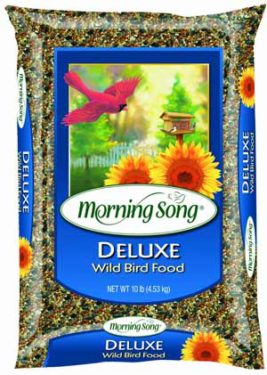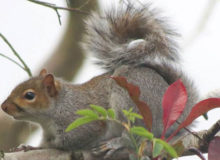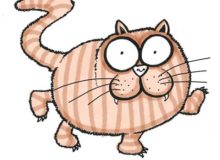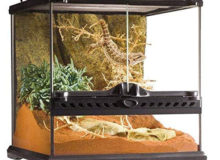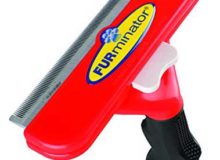Good Pet Snakes – Before You Get a Pet Snake Read This!
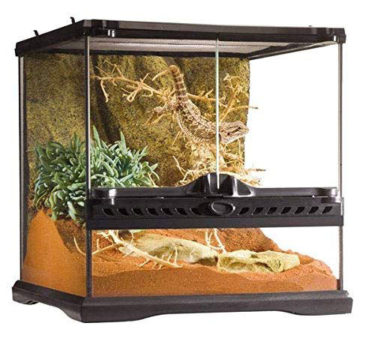
Good pet snakes or bad??? Deciding to become the proud owner of a snake is a big decision. Acquiring large or small house snakes will impact your life in some way. Each species of snake requires a specific type of environment in which to thrive.
They usually eat live food that you will have to feed them. Plus, all snakes bite, but usually not unless provoked. Consider all the factors involved in owning one.
Make sure you’re prepared for this type of commitment before bringing home a new pet snake.
Pretty snakes are nice to look at but they are living creatures who need to be cared for. As with any pet, you’ll have to devout time and money to their upkeep.
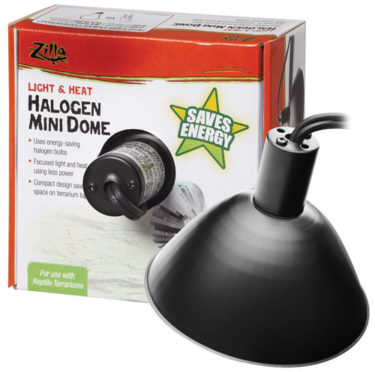
Snakes supplies
If you expect to keep a snake in captivity, its living environment is detrimental to its survival. You must mimic its natural habitat. Some snakes like to climb trees or hide in vines. Ground dwellers need rocks and sand. Some like to submerge in water. All need a “home” where they can hide from prying eyes.
The minimum supplies to get started are:
- Tank (terrarium)
- Heating pad
- Undertank heating pad
- Humidity tracker
- Thermometer
- Water bowl
- UV Light
- Basking light
- Cave or hideaway
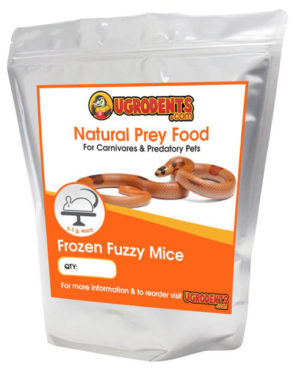
Feeding your snake
Snakes can’t chew their food, so they swallow it whole. Rabbits, mice, crickets, frogs, lizards, rats and other snakes are their usual fare. Just like buying dog food for your puppy, you’ll have to buy live critters to use as food.
Think about the way you’ll have to store the snake food. Do you have room to keep a living food supply alive until the snake gets hungry? You’ll need to have clean cages for the rabbits, mice, and rats to live a healthy life. If your snake eats a sick rat, he’ll become sick as well.
Some snakes will eat dead prey. These may (or may not be) good snakes for kids to raise, depending on if you want your child to handle dead rodents. Dead rats, mice, and pinkies (baby mice) can be kept in the freezer and thawed out at feeding time.
Pet store snakes vs wild snakes
Ninety percent of snakes found in pet stores are born in the wild. They’re stolen from their homes and sold to pet stores without much thought to their specific needs. Sure, most of them are killers but they are fragile creatures.
The pet industry promotes a few of the more docile snake species as good pet snakes for people who are beginners. But they can often be ill with disease or stress. If you really want a snake, try adopting one from someone who’s trying to rehome theirs.
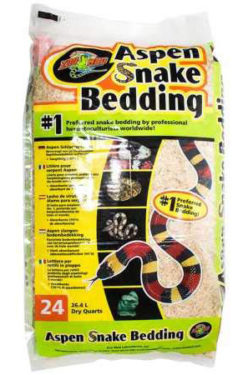
Beauty isn’t everything
There isn’t another creature on earth that can mimic the colors and patterns that grow naturally on snake scales. But there’s more to being a pet owner than bragging rights of having pretty snakes.
Snakes are born with striking patterns and stunning colors. They’re beautiful to watch, but doesn’t make them the good pet snakes. Pit vipers are among the most gorgeous snakes in the world but they are also one of the deadliest.
The best snakes for kids
The obvious answer here is the ones that are not poisonous. The best snakes for kids are those that remain small and aren’t finicky eaters. Snakes can live a long time if cared for properly so be sure your child is willing to take on that responsibility.
Good snakes for kids to own are non-venomous, docile snakes that are not prone to biting. If you’re child wants a snake, these are probably the best ones to consider:
- Corn snakes
- King snakes
- Ball Python
Corn snakes have been known to live 5 – 10 years. Ball pythons can live for 20 – 30 years. King snakes could possibly survive for 15 years. They could also be the best pet snakes to handle if you get them young enough.
All reptiles can carry salmonella and transmit it to others. Anyone handling snakes should always wash their hands with anti-bacterial soap immediately.
Best small snakes for pets
Corn snakes make the top of the list. Docile and timid in nature, they don’t create a fuss or need much attention. They are bred so often that they are born with dozens of different colors and patterns making them very pretty snakes. They’re not poisonous and eat live prey by constricting it.
Ball pythons are another of the best small snakes for pets. They typically reach five feet at maturity and eat live prey a couple times a week.
Hognoses make good small house snakes because they only reach about three feet as adults. They are also one of the best pet snakes to handle since they stay small and don’t mind crawling around on people.
King snakes and California king snakes are also some of the best small pet snakes because they stop growing around four feet long. But they aren’t docile and become skittish when handled too much.
Milk snakes are extremely pretty snakes with their stunning colors. They are hungry little reptiles who like to eat often, and they only reach about four feet at adulthood.
Species that are not good pet snakes
Good pet snakes are those that have a calm disposition, easy to feed, remain a reasonable size, and need relatively little maintenance. That’s why you definitely don’t want any of these snakes:
- Reticulated pythons – they can grow up to 30 feet long. They’re native to Asia and the Philippine jungles where their length is an asset.
- They feed on small animals (including cats and dogs) and would be able to attack a small child.
- Keeping them captive in small cages will cause frustration, depression, and shorten their lives.
- Boa Constrictors can reach about 20 feet at maturity. They like lots of space and need to kill their food. They don’t discriminate between attacking food and attacking their owner. They aren’t the best pet snakes to handle because they can easily wrap around an adult human and squeeze.
- Vipers and flying snakes may sound interesting, but they’re poisonous and don’t make good pet snakes. Anything poisonous poses a risk to everyone.
- Mud snakes are docile and non-poisonous, but don’t adjust well to captivity because they are picky eaters. Having one as a pet won’t last long since they’ll most likely die of starvation.
- Black Racers hate being handled and become violent. Mostly born in the wild, they do not succumb to captivity or people. They are wanderers and require about 35 acres to live a full life.
Deciding on becoming a snake owner
Snakes aren’t going to jump into your arms and welcome you home after a long day. They do, however, have unique personalities that are fun to watch.
Some require little maintenance while others must have their specific needs met to survive. To have a happy owner-snake relationship, consider small house snakes. They’re on the petite side and don’t require much care.
Some species make really good snakes for kids while others should be cared for by adults. Not everyone is cut out to be a pet owner. Consider carefully if being a snake owner is a good move for you and your family.
